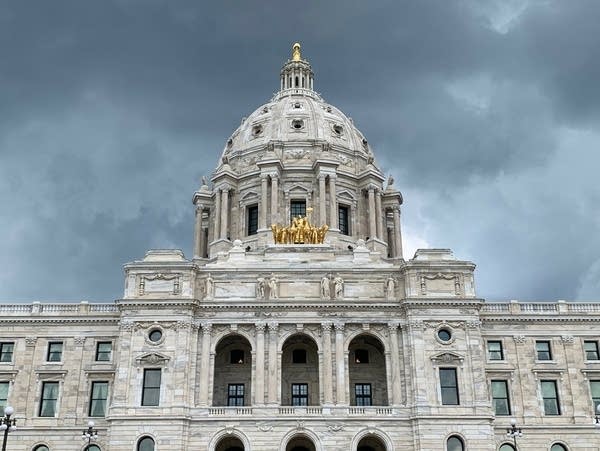Minnesota budget surplus tops $9.25 billion

The state Capitol in St. Paul in June 2021. Minnesota lawmakers have grand ideas for what has been a huge budget surplus. They’ll learn Monday if that pot of available money is growing or shrinking.
Andrew Krueger | MPR News 2021
Go Deeper.
Create an account or log in to save stories.
Like this?
Thanks for liking this story! We have added it to a list of your favorite stories.


